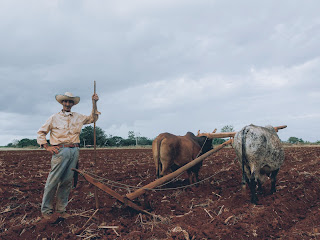The much-awaited exam season is just around the corner, and students across the country are eagerly waiting for the release of the exam time table for the SSC and HSC board exams. As the clock ticks closer to the big day, it's important for students to gear up and start preparing for their exams.
The Maharashtra State Board of Secondary and Higher Secondary Education (MSBSHSE) has recently released the exam time table for the SSC and HSC board exams 2023. The exams are scheduled to begin in March and will continue until April. The exam time table is designed in such a way that students get sufficient time to prepare for each subject, with ample gaps between exams to allow for revision and relaxation.
For SSC students, the exams will start on 1st March 2023 and end on 18th March 2023. The first exam is for the First Language subject, and the last exam is for the Second or Third Language subject, depending on the student's chosen language.
For HSC students, the exams will start on 23rd February 2023 and end on 23rd March 2023. The first exam is for English, and the last exam is for Geography or Vocational subjects, depending on the student's chosen stream.
It is crucial for students to prepare well for the exams and manage their time effectively. The exam time table provides students with a clear understanding of when each exam will be held, allowing them to create a study schedule that ensures they cover all topics in the syllabus.
Students can make use of various resources available online to prepare for their exams, such as sample papers, previous year question papers, and study materials. Additionally, students can also seek guidance and support from their teachers, parents, or tutors to ensure they are fully prepared for the exams.
In conclusion, the release of the SSC and HSC exam time table 2023 has brought excitement and anxiety for students, as they gear up for the most crucial exams of their academic journey. With proper planning, preparation, and guidance, students can confidently face the exams and excel in their academic pursuits. Here's wishing all the students appearing for the exams the very best of luck!













